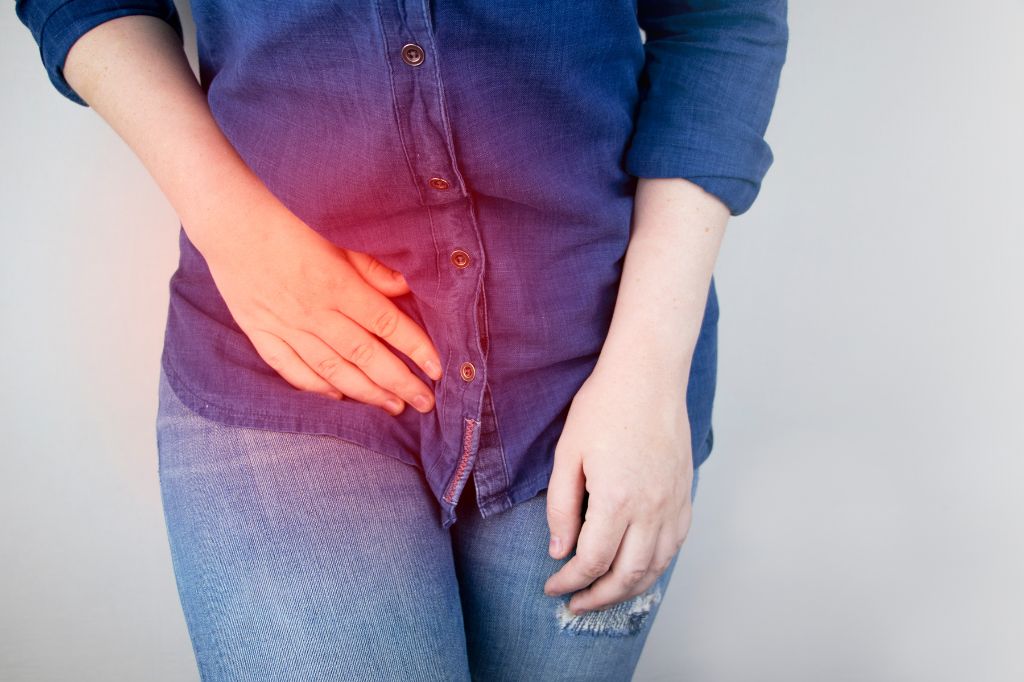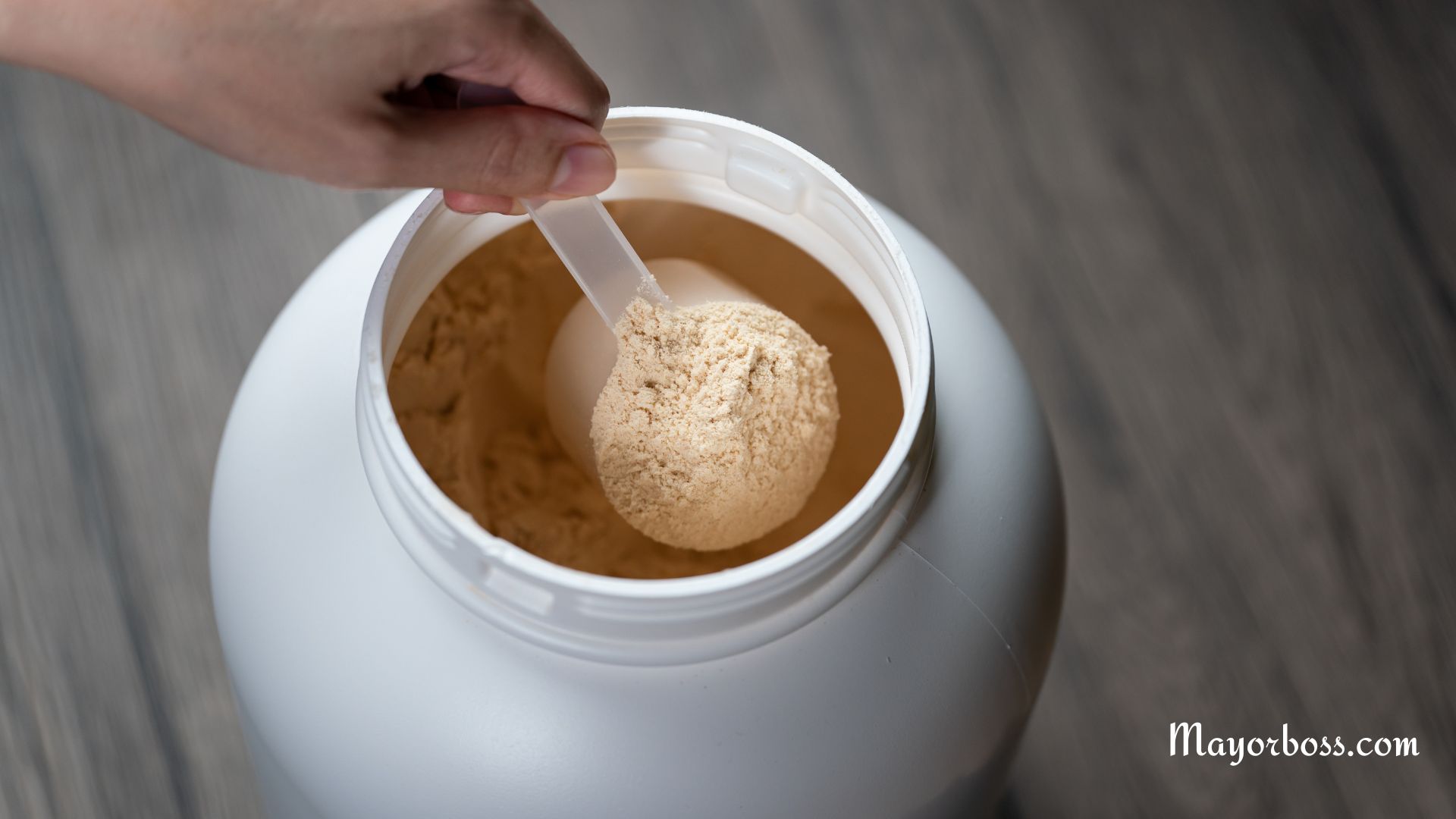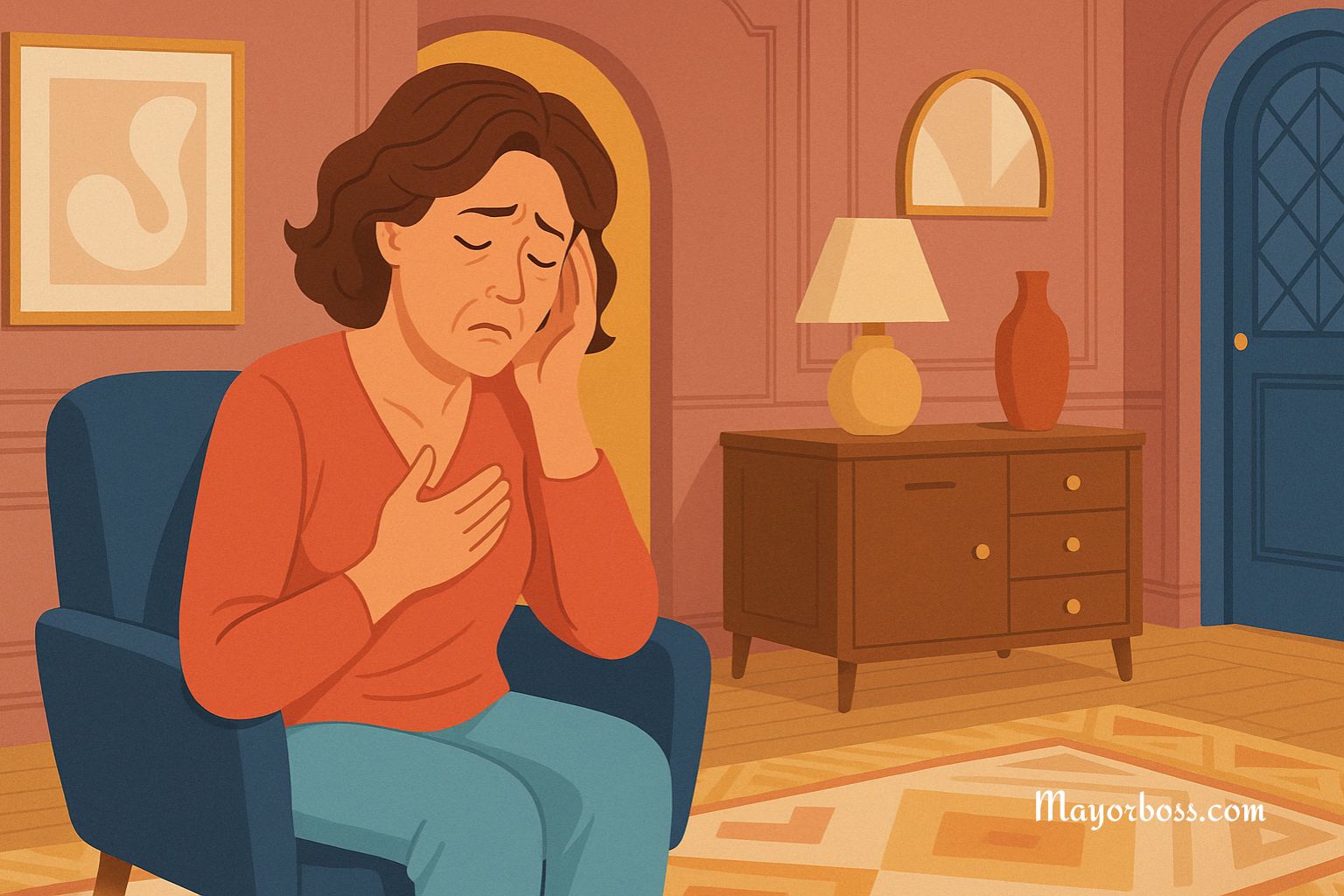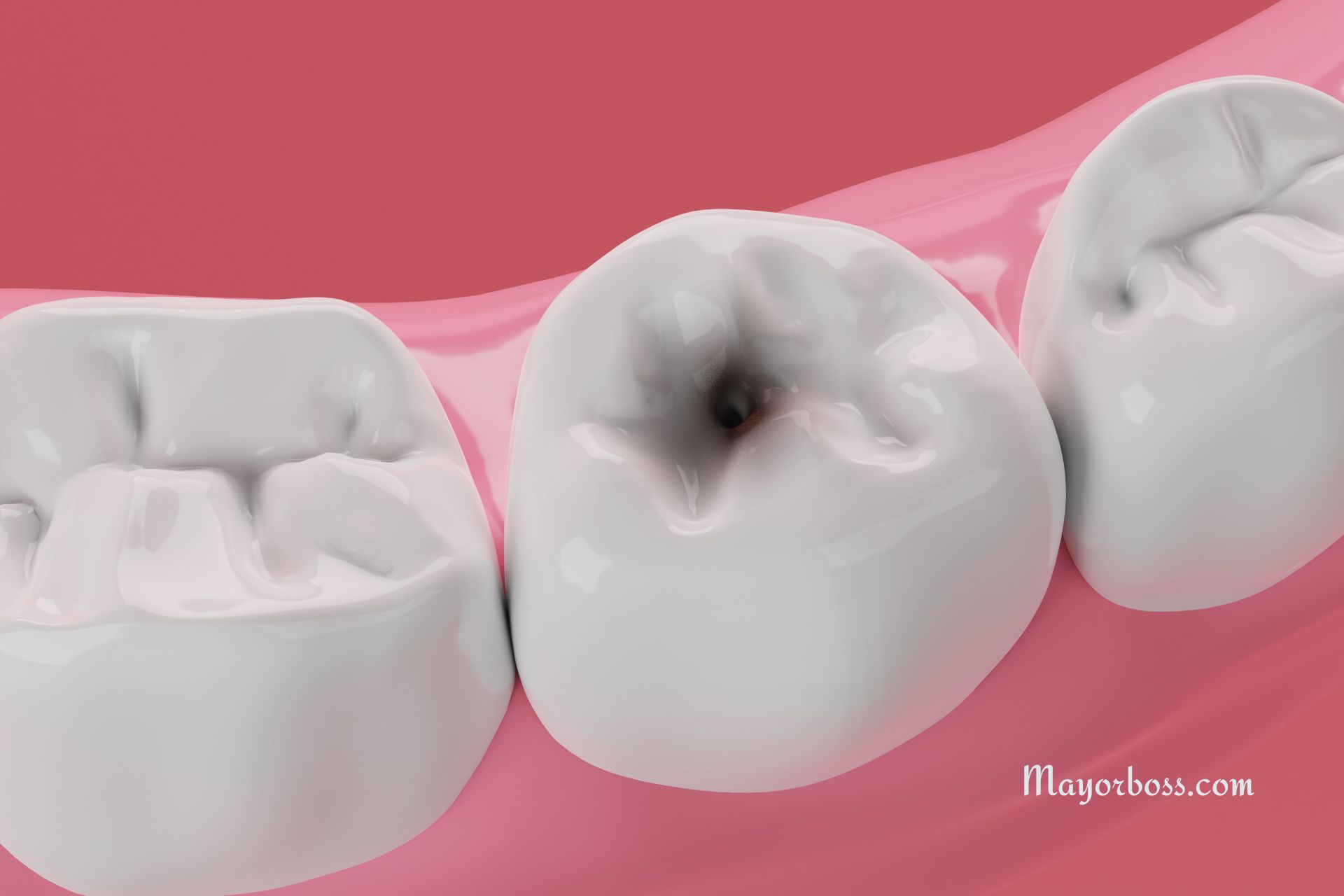17 Reasons For Pain in the Lower Right Abdomen Near the Hip Bone
Pain in the lower right abdomen near the hip bone can affect anyone. The pain may be sharp and stabbing or dull and achy. It may be caused by a variety of factors, from indigestion to a more serious condition such as appendicitis. In this article, I will look at possible pain causes in the lower right abdomen near the hip bone. So, if you’re ready, let’s dive right in.
No matter what’s causing your abdominal pain, be sure to see your doctor if the pain persists for more than a few days or if you experience any other concerning symptoms.

1. Appendicitis
Appendicitis is a condition that occurs when the appendix, a small pouch attached to the large intestine, becomes inflamed and filled with pus. The most common symptom of appendicitis is abdominal pain that begins near the navel and then moves to the lower right abdomen. Other symptoms may include:
- loss of appetite
- nausea
- vomiting
- fever.
If left untreated, appendicitis can cause the appendix to rupture, leading to a potentially life-threatening infection.
2. Gas
Gas pain is often felt in the lower right abdomen. The pain occurs when gas accumulates in the intestines and puts pressure on the stomach and other organs. Of course, gas pain is usually sharp and fleeting, but it can be severe and last several minutes. Other symptoms of gas include:
- burping
- bloating
- flatulence.
The cause of gas pain is usually eating or drinking too fast, chewing gum, smoking, drinking carbonated beverages, or eating foods high in fiber. Treating gas pain generally involves changing your diet and lifestyle.
3. Indigestion
Indigestion, also called dyspepsia, is a general term for discomfort, pain, or burning in the stomach or upper abdomen. In some patients, indigestion may also be associated with heartburn, a bitter or sour taste, nausea, vomiting, bloating, burping, and regurgitation.
Indigestion is not the same as heartburn. Heartburn is a symptom of acid reflux, which is when stomach acid backs up into your esophagus. Indigestion is usually caused by overeating or eating too fast. Other causes include anxiety, gastritis, ulcers, GERD, and pancreatitis. If you have indigestion, you can try making some lifestyle changes and taking over-the-counter antacids or other medications.
SEE ALSO: 11 Home Remedies for Stomach Aches
4. Constipation
Constipation is a condition in which you have fewer than three bowel movements a week, hard stools, or difficulty passing stools.
The question is: Why is a pain in the lower right abdomen a common symptom of constipation? There are a few possible explanations:
- The pain is caused by gas buildup. When stools become hard and difficult to pass, they can create pressure on the intestines and stomach, leading to pain.
- Constipation can cause the stool to back up in the intestines, leading to pain.
- The pain may be caused by straining during bowel movements.
Constipation is often caused by a lack of fiber in the diet, dehydration, or not enough exercise. It can also be caused by certain medications, such as painkillers, antacids, and iron supplements. If you are constipated, you can try making some lifestyle changes or taking over-the-counter laxatives or fiber foods.
LEARN MORE: 7 Common Causes of Constipation
5. Menstrual pain
Menstrual pain, also called dysmenorrhea, is pain that occurs during a woman’s menstrual cycle. The pain is usually felt in the lower abdomen and can radiate to the lower back and thighs. Menstrual pain is caused by contractions of the uterus during menstruation. The pain is usually worst during the first few days of menstruation and improves as the period goes on. Over-the-counter pain medications, such as ibuprofen or naproxen, are used to treat menstrual discomfort.
6. Muscle spasm
Muscle spasms are involuntary contractions of the muscles. They can be caused by overuse, dehydration, electrolyte imbalances, or muscle strains. Muscle spasms can cause pain in the lower right abdomen if they occur in the muscles of the abdomen or pelvis. To be sure, the pain is usually severe and comes on suddenly. Other symptoms of muscle spasms include cramping, muscle weakness, and twitching. On the positive side, treatment may include resting, icing, heat, massage, and stretching.
7. Kidney stones
Kidney stones are hard deposits of minerals and salts that form in the kidney. The most common symptom of kidney stones is severe abdominal pain that may radiate to the lower back or groin. In addition to that, other symptoms may include bloody urine, nausea, vomiting, and fever. Kidney stones often pass on their own without treatment. However, some large stones may require surgery to remove them.
LEARN MORE: How to Differentiate Kidney Pain from Back Pain
8. Gastritis
Gastritis is an inflammation of the lining of the stomach. It can be caused by infection, stress, alcohol abuse, or certain medications. Gastritis can cause pain in the upper abdomen that radiates to the lower abdomen. Other symptoms of gastritis include bloating, burping, nausea, and vomiting. Generally, you can treat gastritis at home with rest and over-the-counter medications. However, if you have persistent abdominal pain, you should see a doctor.
9. Inflammatory bowel disease (IBD)
Inflammatory bowel disease (IBD) is a general term for two conditions: Crohn’s disease and ulcerative colitis. Both of these conditions are chronic, meaning they last for a long time and can be debilitating. People with IBD often experience abdominal pain, diarrhea, weight loss, and fatigue. There is no cure for IBD, but there are treatments that can help manage the symptoms.
10. Endometriosis
Endometriosis is a condition in which the tissue that lines the uterus grows outside of the uterus. It can cause pain in the lower abdomen, as well as bloating, fatigue, and pain during sex. Endometriosis can be treated with a variety of methods, including pain relievers, hormonal therapy, and surgery.
11. Gastroenteritis
Gastroenteritis is an inflammation of the lining of the stomach and intestines. It is usually caused by a virus or bacteria, although it can also be caused by food poisoning or an allergic reaction. Gastroenteritis usually goes away on its own, but in some cases, it can lead to serious complications, such as dehydration. Symptoms of gastroenteritis include abdominal pain, diarrhea, nausea, and vomiting.
How long gastroenteritis lasts depends on the cause. For example, viral gastroenteritis typically lasts for one to three days, while bacterial gastroenteritis can last for seven to 10 days. However, rest, fluids, and over-the-counter medicines are often used to treat gastrointestinal illnesses.
12. Kidney infection
A kidney infection (pyelonephritis) is a bacterial infection of the kidney that can occur when bacteria from a urinary tract infection (UTI) spreads to the kidneys. Symptoms of a kidney infection may include abdominal pain, fever, chills, and bloody urine. A kidney infection can lead to sepsis, a potentially life-threatening condition. Kidney infections are treated with antibiotics.
13. Irritable bowel syndrome (IBS)
Irritable bowel syndrome (IBS) is a disorder that affects the large intestine. Symptoms include cramping, abdominal pain, bloating, gas, diarrhea, and constipation. IBS can be chronic and may worsen with stress.
14. Ovarian cyst
An ovarian cyst is a fluid-filled sac that develops on or near the ovary. Most ovarian cysts are benign and do not cause symptoms. However, some may cause pain in the lower right abdomen. Cysts can also rupture, which can cause pain and internal bleeding.
15. Hernia
A hernia occurs when an organ or piece of tissue protrudes through a weak spot in the abdominal wall. The most common type of hernia is an inguinal hernia, which occurs when the intestine protrudes through the abdominal wall near the groin.
Other types of hernias include incisional hernias, which occur at the site of previous abdominal surgery, and Hiatal hernias, which occur when part of the stomach protrudes through the diaphragm into the chest. Hernias can cause abdominal pain, abdominal swelling, and difficulty urinating or bowel movements.
16. Pelvic inflammatory disease (PID)
Pelvic inflammatory disease (PID) is an infection of the reproductive organs that can occur when sexually transmitted bacteria spread from the vagina to the cervix, uterus, or fallopian tubes. PID can cause abdominal pain, fever, abnormal vaginal discharge, and pain during intercourse. If left untreated, PID can lead to infertility, ectopic pregnancy, and chronic pelvic pain.
17. Ectopic pregnancy
An ectopic pregnancy occurs when a fertilized egg implants outside of the uterus. It is a potentially life-threatening condition that requires immediate medical attention. Symptoms may include pain in the lower right abdomen, vaginal bleeding, and dizziness or lightheadedness. Ectopic pregnancies cannot be saved and are treated with surgery.
Final thoughts
Pain in the lower right abdomen can be caused by a wide variety of conditions. Some, such as gas, menstrual pain, constipation, or indigestion, are relatively harmless and will resolve on their own. Others, such as appendicitis, ectopic pregnancy, or kidney stones, can be more serious and require medical treatment. If you are experiencing pain in the lower right abdomen, it is important to see a doctor to determine the cause and to receive appropriate treatment.
ALSO READ: 5 Reasons You Have Pain in Your Lower Left Abdomen






